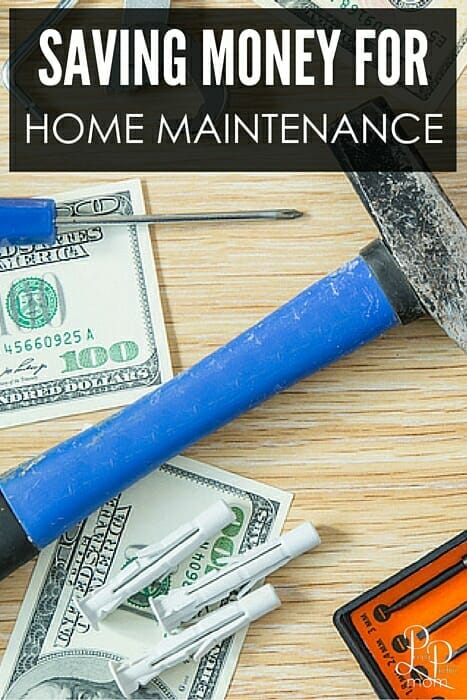One aspect of homeownership that first-time buyers often forget to take into account is the high cost of maintenance and repairs.
A good rule of thumb is to count on setting aside 1 to 2 percent of your home’s purchase price every year. If your home cost $200,000, that’s $2,000 to $4,000 every year.
Ideally, you’ll have several months of mortgage payments tucked away in an emergency fund. That amount isn’t going to cover the heftiest projects, such as external paint or roofing, but it will protect you in the event of an emerging issue, like a struggling air conditioning unit.
Your emergency fund shouldn’t be viewed as a one-time expense. You’ll have to continually replenish it, even if it goes untouched for a while. Don’t put off repairs for too long, either – you could wind up with far worse damage and higher bills in the end. If you buy a house with an older furnace, fridge or stove, start saving before they fizzle out.
If you’re still building your emergency fund, consider asking the seller during negotiations to include a home warranty, which typically covers the first year of repairs. You can also invest in a “210” warranty, acquired directly from an insurance company, to extend your coverage for the second through 10th years of homeownership. This won’t cover everything – usually major appliance replacement isn’t covered – but it will provide some buffer in the event of unexpected repairs.
Print out a home maintenance checklist to get an idea of how much you may need to put aside in addition to your mortgage payment. The U.S. Department of Housing and Urban Development provides a handy online list of areas you should monitor to keep your home in good shape. Ignoring a crooked gutter through a wet spring might cause water damage you could have avoided.
Don’t overlook the maintenance you can do yourself, either. Air filters should be replaced, refrigerator coils cleaned, dryer lint emptied and mildew treated. Keeping your house well maintained protects your biggest asset and investment.
In our next installment, we’ll examine private mortgage insurance and how to avoid it, or at least lessen its effect. For more advice on getting ready for your home buy, see http://twitter.com/savinmavens or visit https://www.communityamerica.com/mortgages.
The blog and its opinions are expressly that of its author and does not convey the opinions or strategies of the Credit Union and should not be considered financial advice. CommunityAmerica’s Mortgage offers are subject to credit approval and terms may vary based on conditions.

